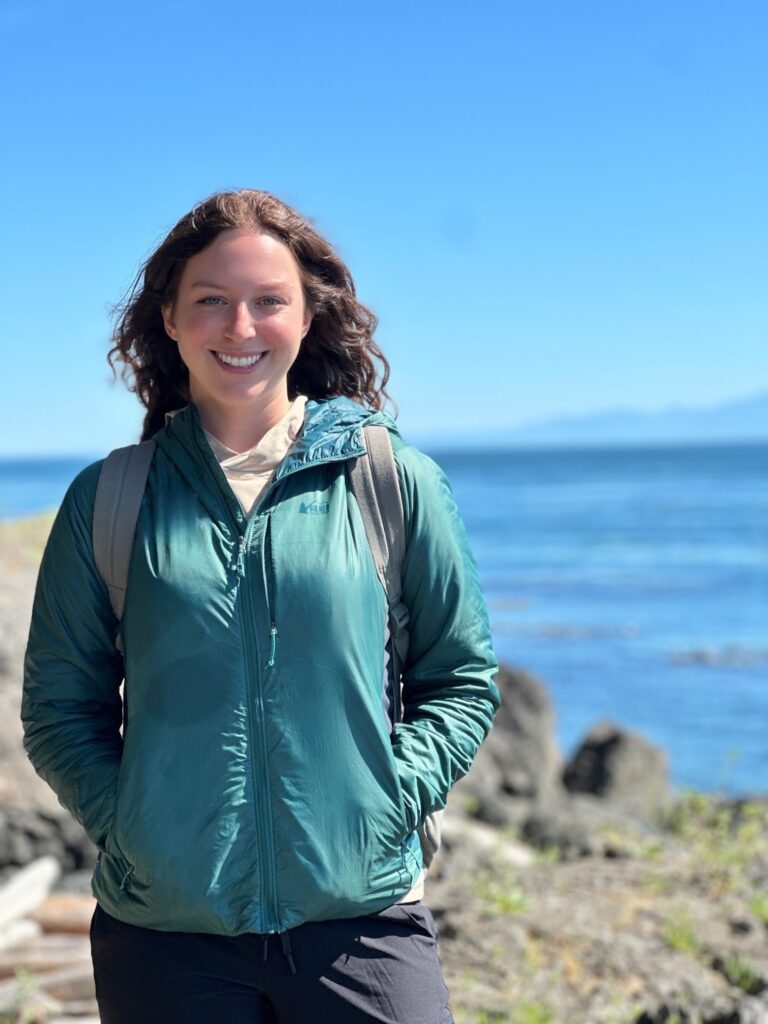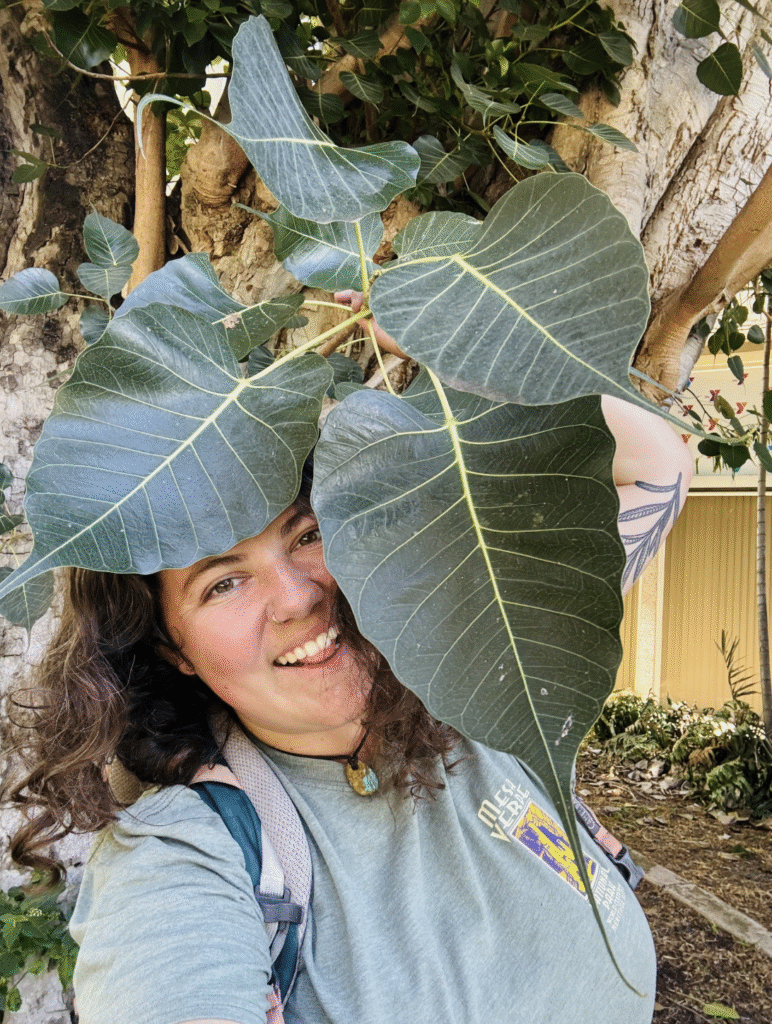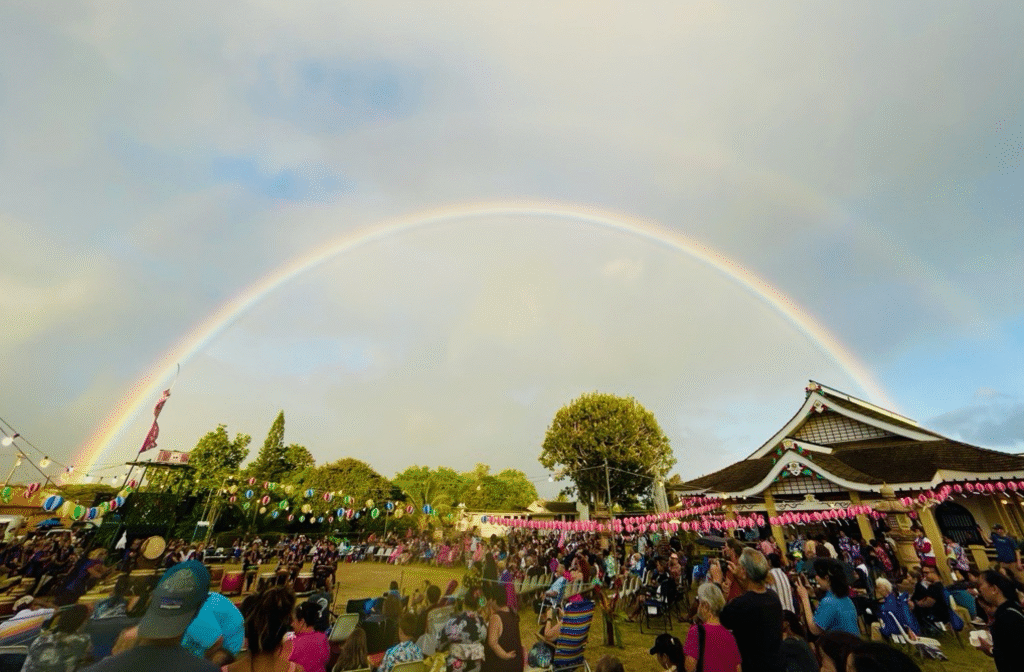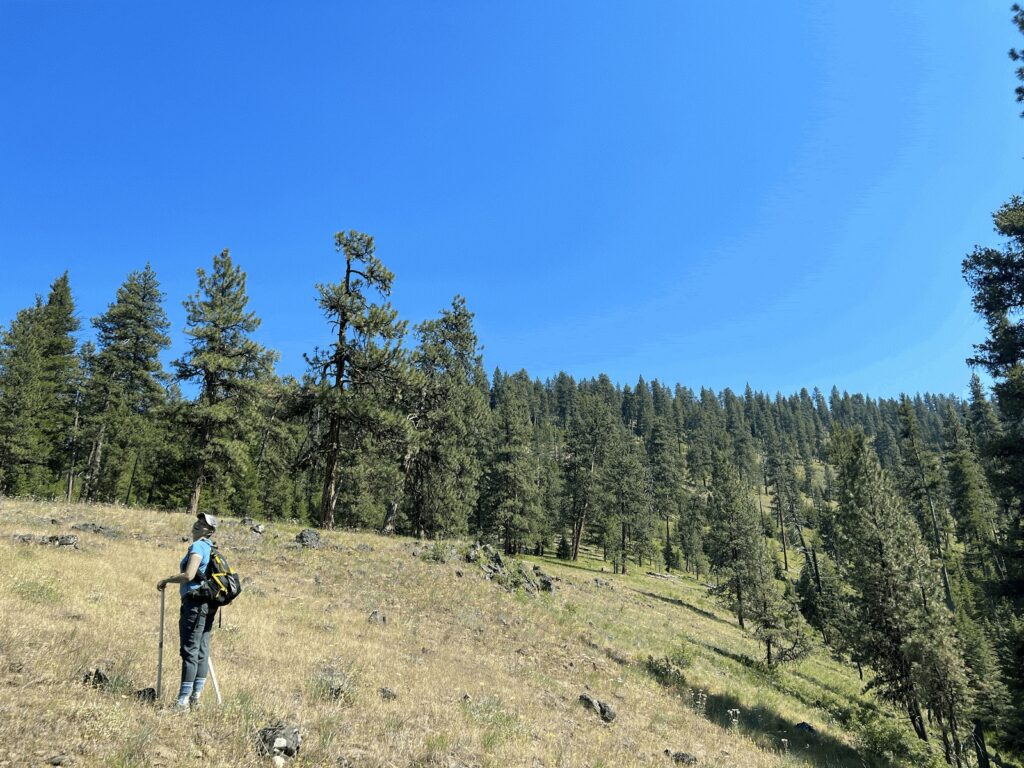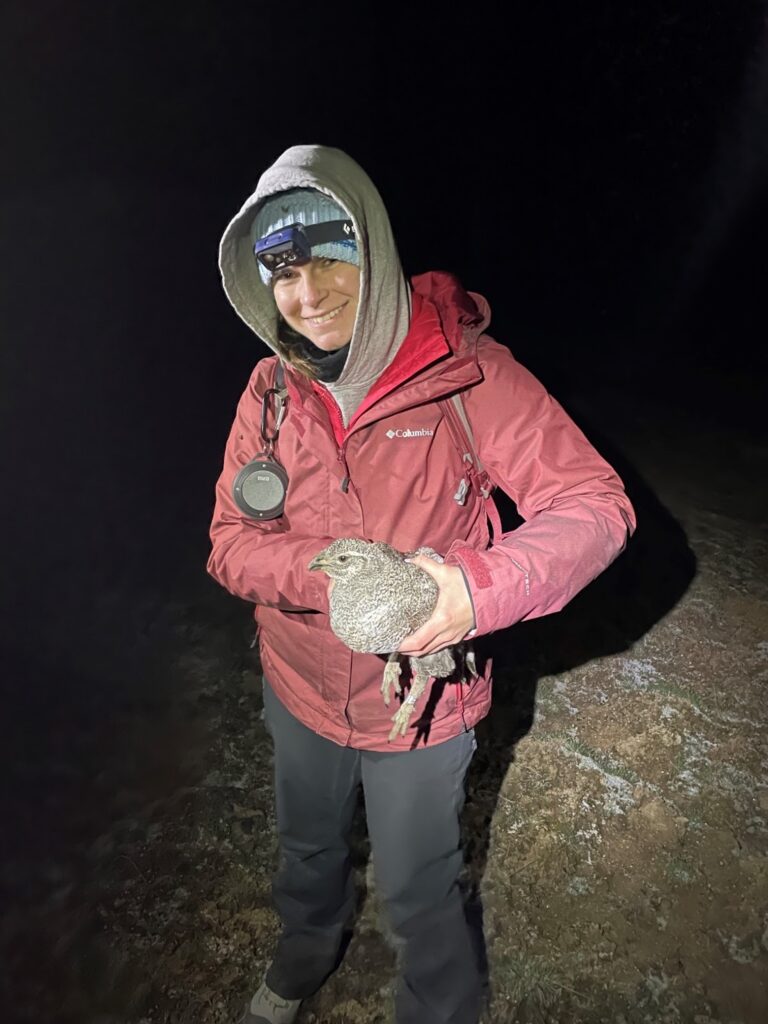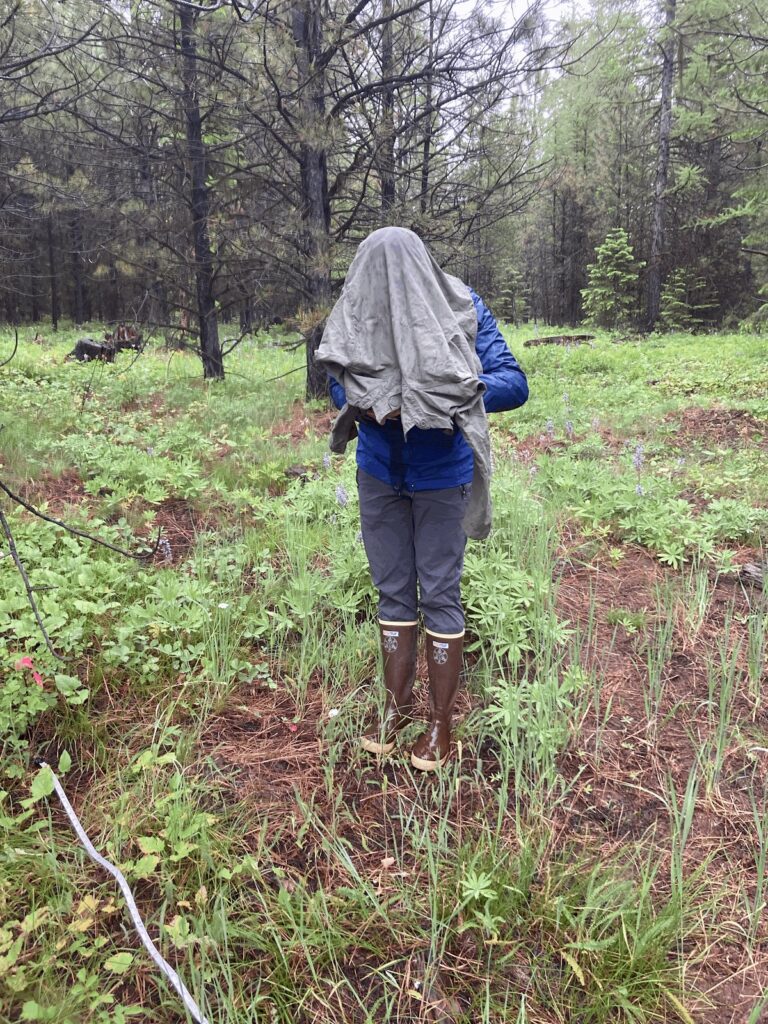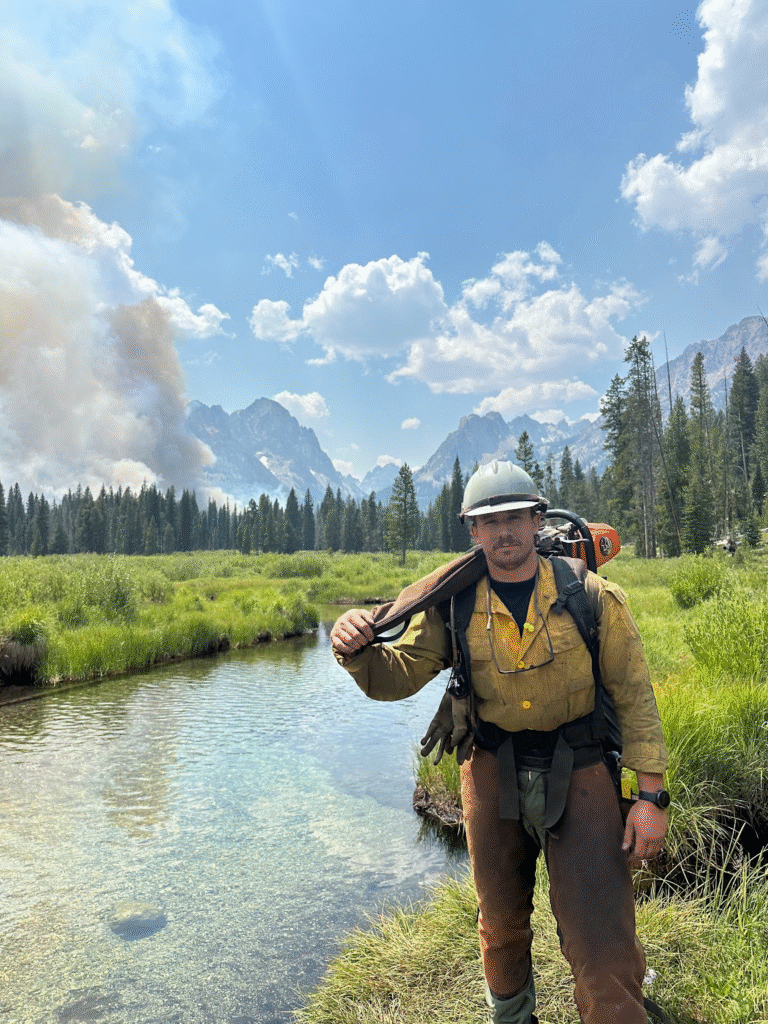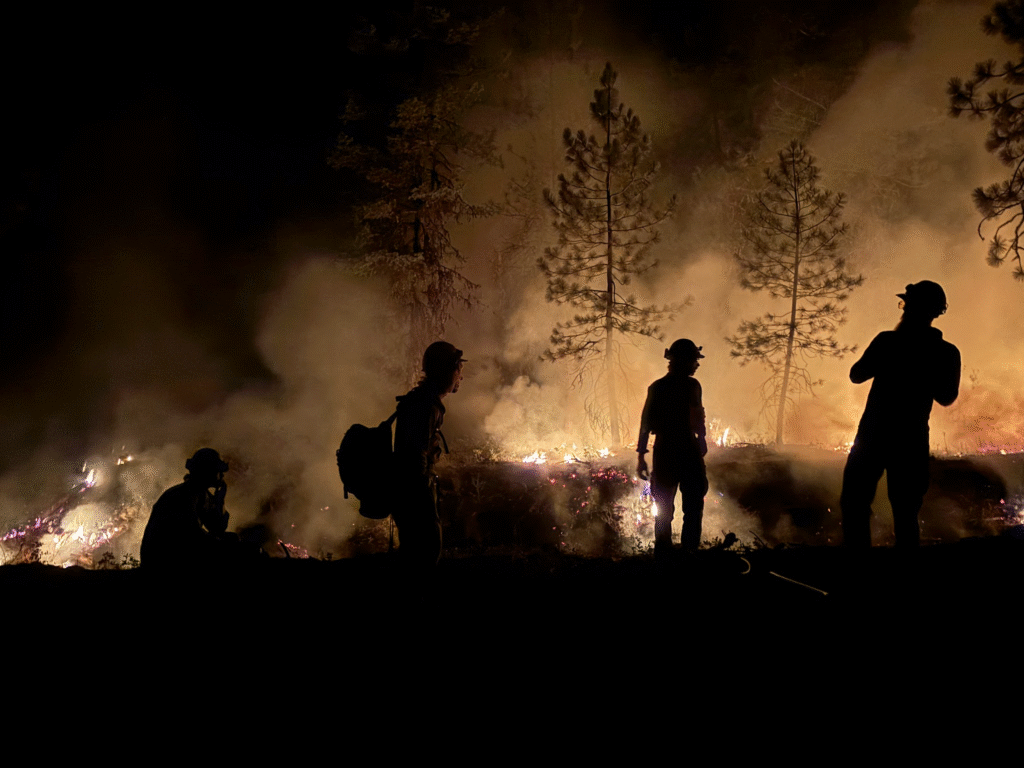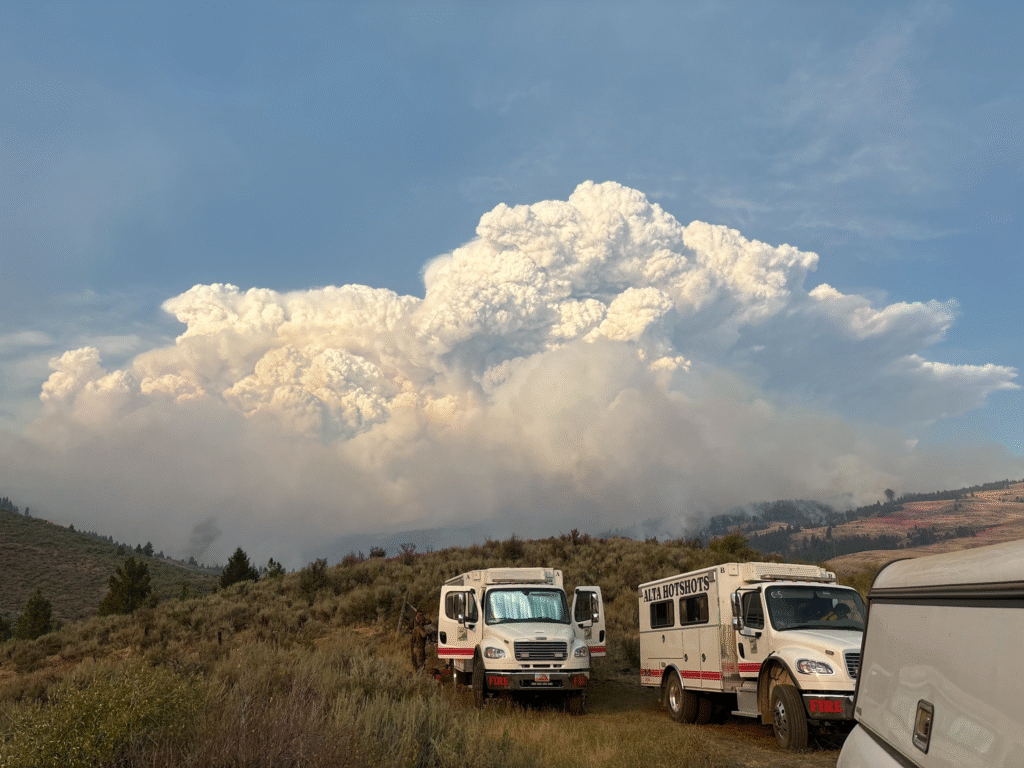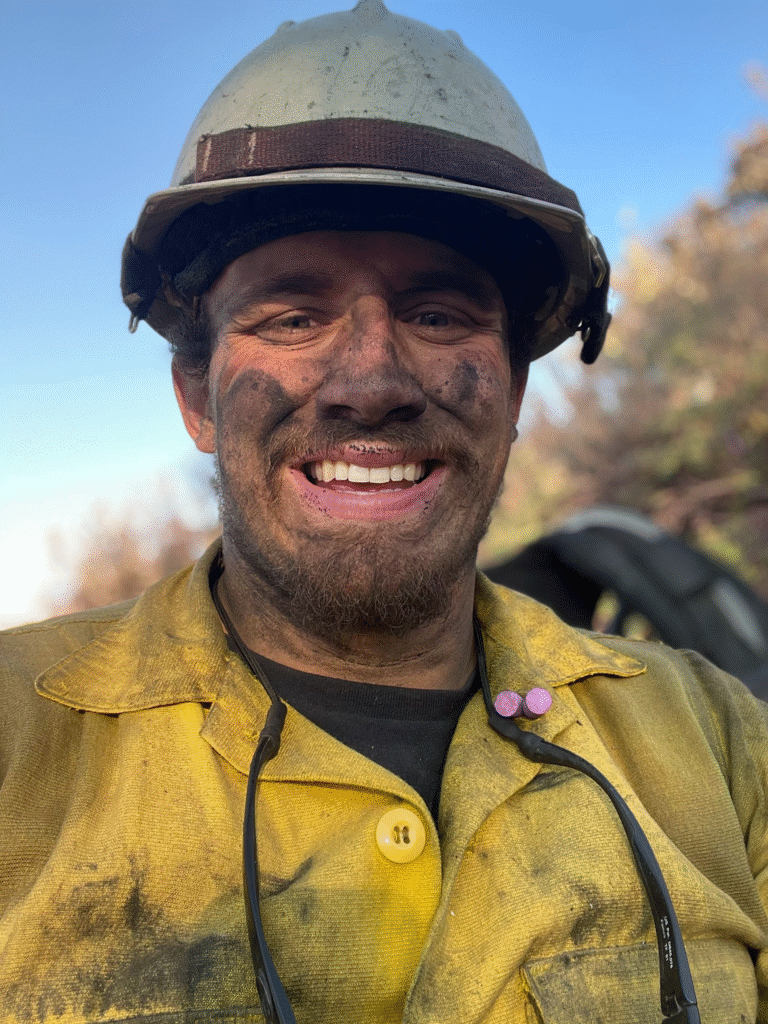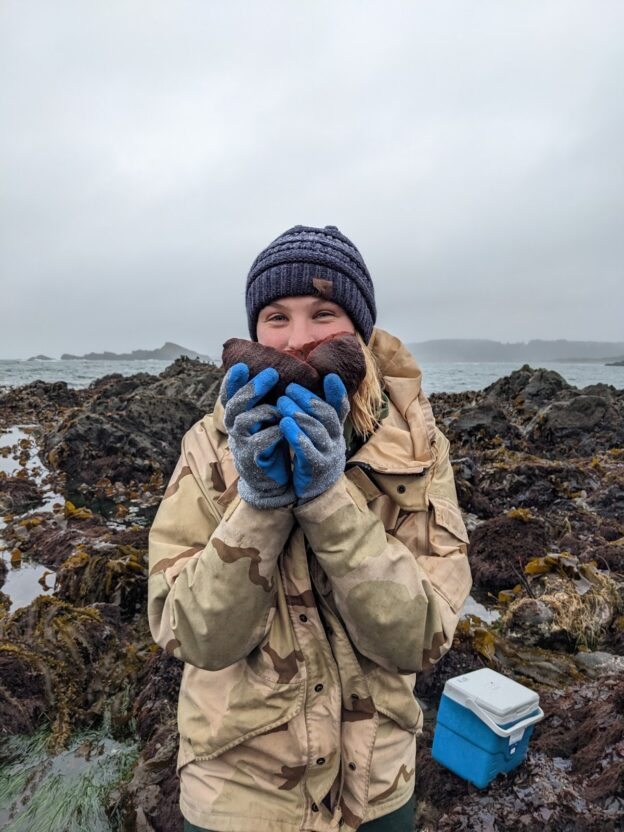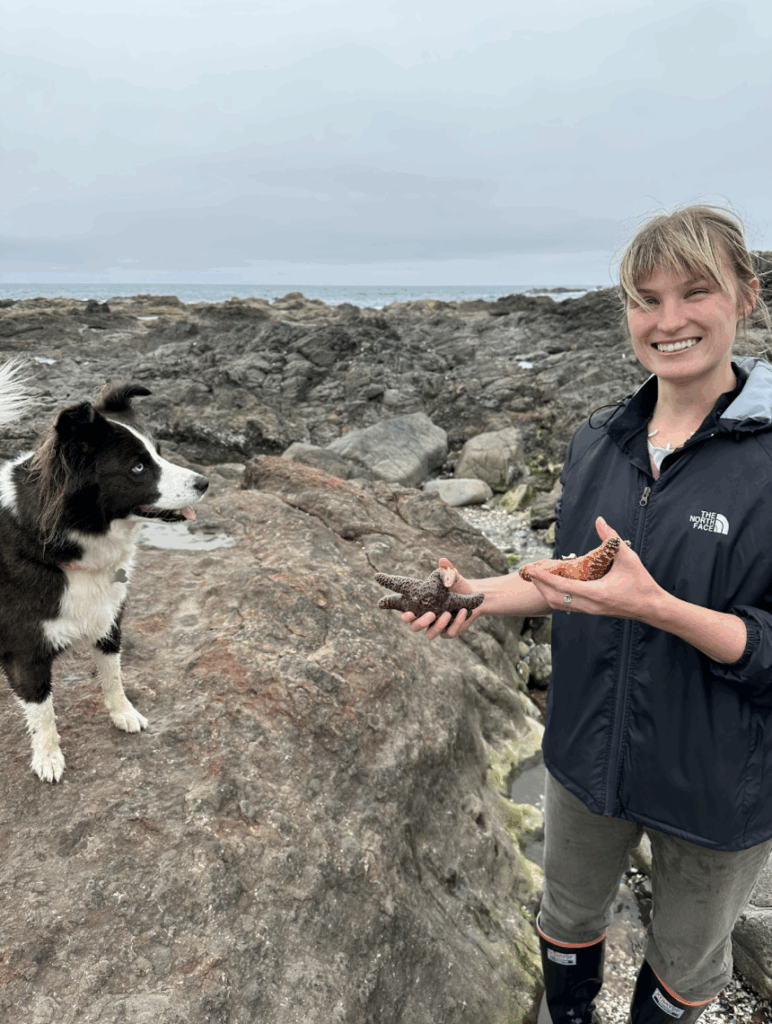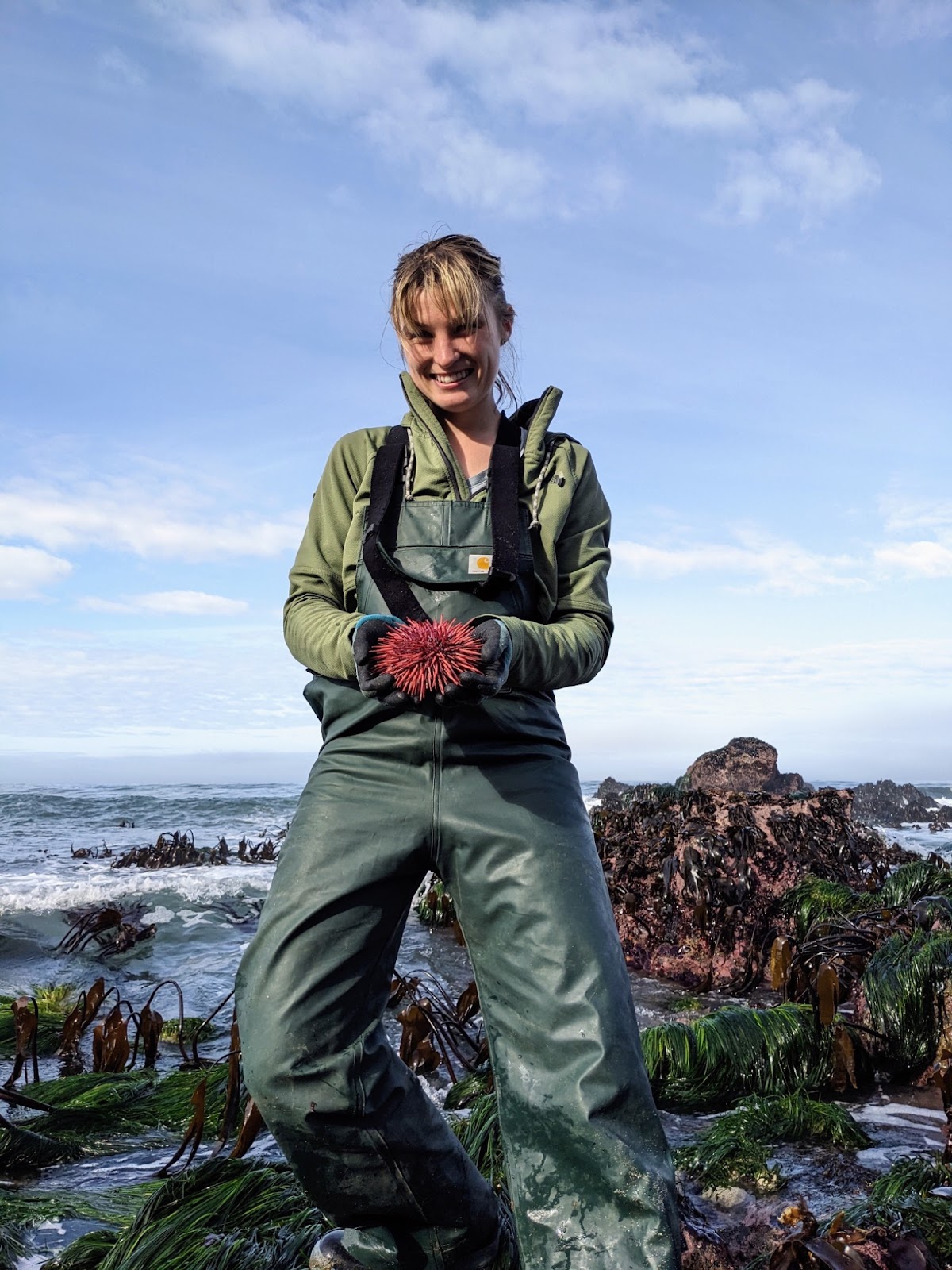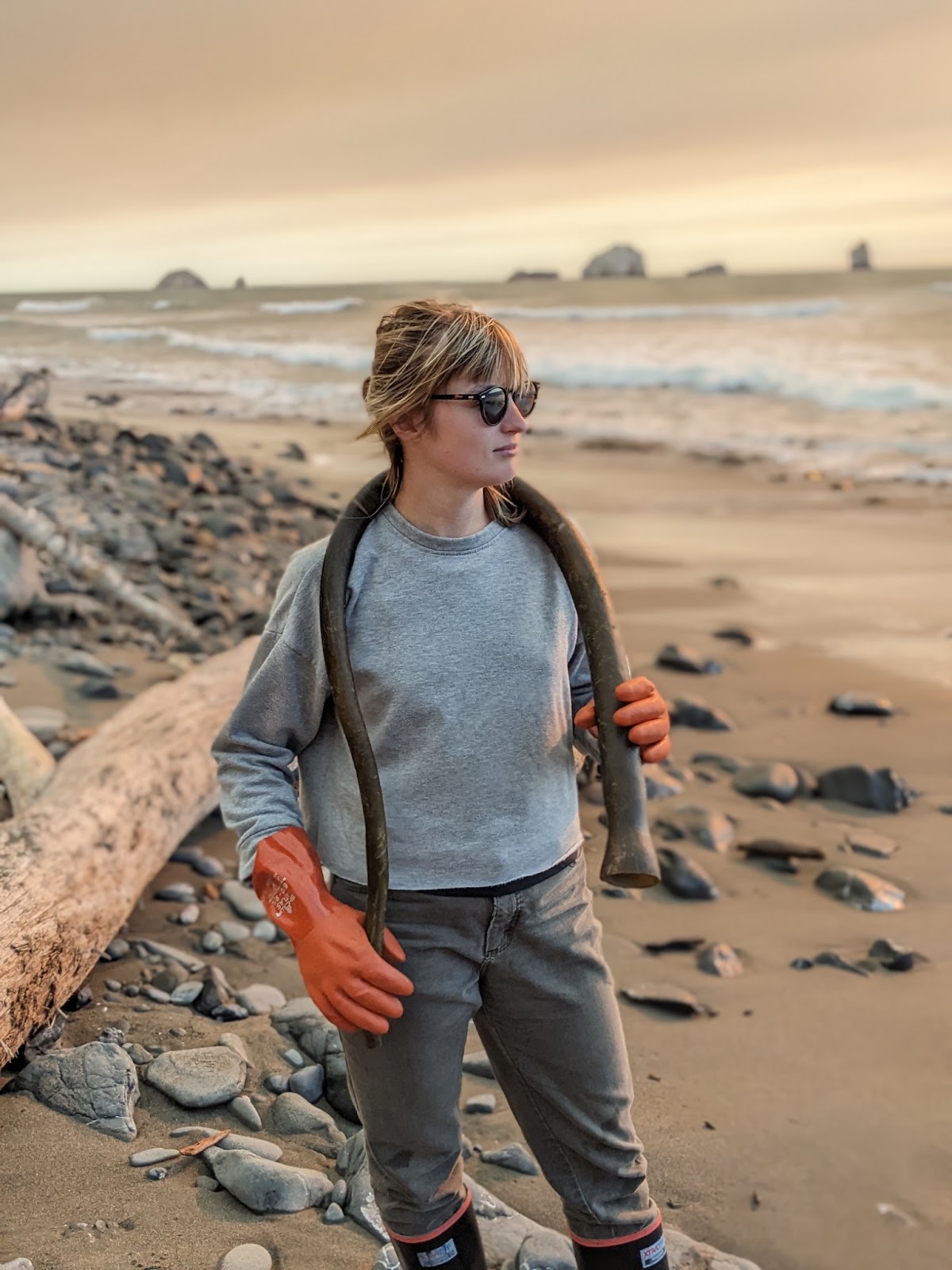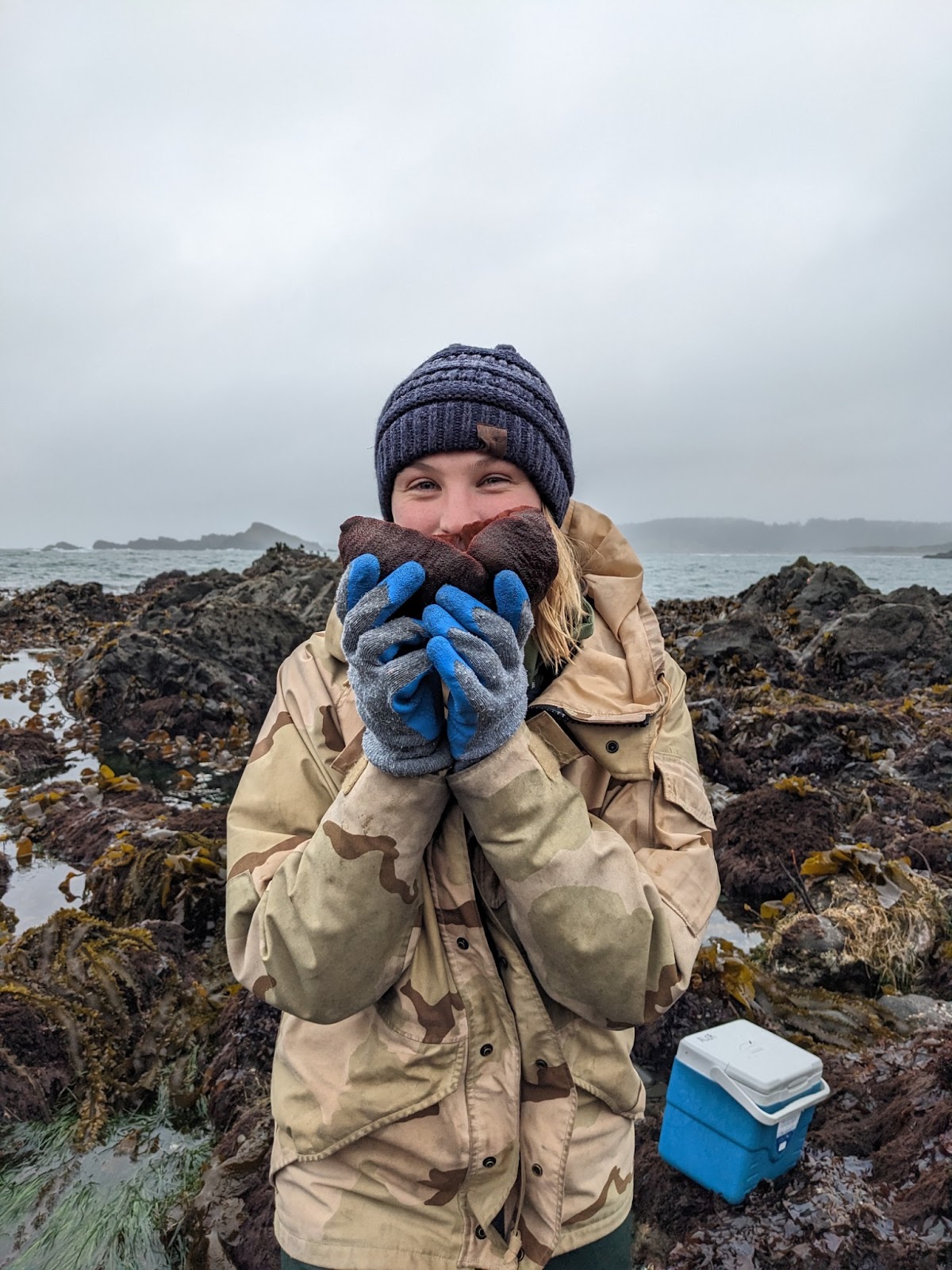Blue whales (Balaenoptera musculus) are the largest animals that have ever existed on Earth. Despite this, they feed exclusively on krill (Nyctiphanes australis) which are typically no larger than 2 cm. Thus, they must consume massive amounts of these tiny organisms to support the large energy requirements of their life history processes. Researchers are interested in understanding how predator-prey dynamics between blue whales and krill may shift with changing ocean conditions. Nicole Principe is a 2nd year PhD student in the Geospatial Ecology of Marine Megafauna (GEMM) Lab at the Oregon State University Marine Mammal Institute, led by Dr. Leigh Torres. Her PhD work is part of the SAPPHIRE (Synthesis of Acoustics, Physiology, Prey, and Habitat in A Rapidly Changing Environment) Project and will focus on blue whales in the South Taranaki Bight in Aotearoa (New Zealand). This interdisciplinary work involves using oceanographic data, active acoustics for prey, drone imagery (i.e., photogrammetry), and hormone analysis to investigate the availability of krill and blue whale health and population resilience to climate change.
Most blue whales, like other baleen whales, are migratory, meaning they move from cold-water feeding grounds to warmer waters for breeding. However, past research from the GEMM lab suggests that blue whales in the South Taranaki Bight do not migrate. Instead, blue whale song and acoustic calls can be heard year-round in this area, making it an important foraging and breeding ground for this population. Intermittent upwelling makes this a highly productive feeding area for blue whales, where high levels of primary productivity support large aggregations of krill. Therefore, these animals seem to stay for long periods of time, potentially year-round, to exploit these prey resources.
Part of Nicole’s work will build on previous work conducted by the GEMM lab by investigating the co-response of marine prey and predator to marine heatwaves. Marine heatwaves are a period of unusually high water temperatures and can have significant effects on ecosystems. As climate change continues, marine heatwaves may become more severe and prolonged. By understanding how krill and subsequently, blue whales respond to these events, researchers can then predict how populations may be impacted in the future, ultimately informing conservation measures.
Nicole also completed a master’s degree studying bottlenose dolphin distribution in freshwater rivers in South Carolina, and spent a year and a half working for a marine mammal stranding network. Tune into the podcast this Sunday, November 9th to learn more about all of these incredible experiences!
Written by: Taylor Azizeh
